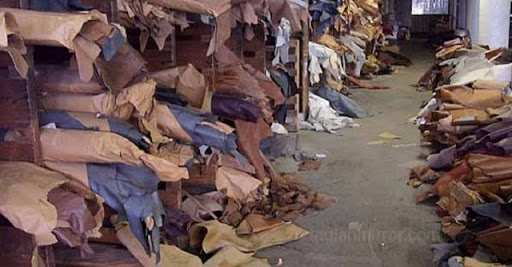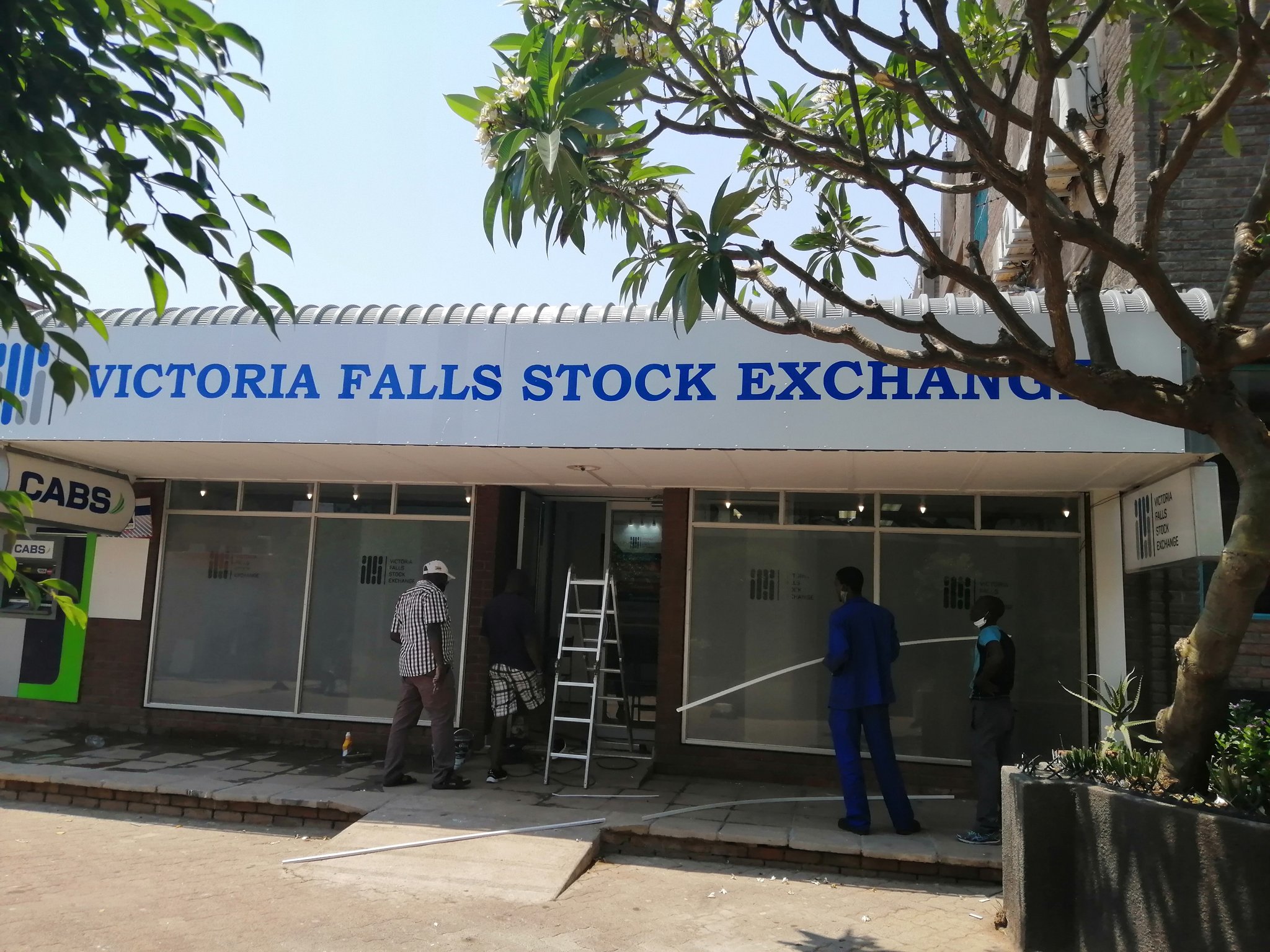Agric policies scaring away private sector
The Government should commit itself to a comprehensive relook of policies around agriculture financing and value chain if it is serious about achieving inclusive private sector-led growth in the sector.
While the National Development Strategy 1 (NDS1), tackles several issues affecting the sector, the Government is still to address some remnants of old policies, that have for years prevented the private sector from committing funds into the agriculture value chain.
For years, the country has struggled to produce its own food such as maize, soyabean and wheat to name but a few, and has resorted to imports running into millions of dollars annually.
For the 11 months to November 2020, the country imported maize worth (US$284 million), crude soyabean (US$115 million) and wheat US$89 million. By harvest time of the 2020/21 summer crops, the import figures would have surpassed reported levels.
While poor harvests can be blamed on droughts that hit the country time and again, lack of funding has been a major problem.
In the NDS1, the Government acknowledges that the agricultural sector’s share of commercial lending has been gradually declining due to the inherent risk of agricultural production, lack of collateral among smallholder farmers, high transaction costs and limited affordable lines of credit in the country.
The private sector, both banks and off-takers of produce, have shown little appetite to assume the risks associated with financing agriculture.
Most of the risks are associated with Government policies across the value chain. These range from the policies associated with land ownership to policies associated with the selling and marketing of agricultural produce.
The removal of land from the market, as all agricultural land is owned by the state, has meant farmers have no collateral to leverage on when in need of agricultural financing. Funding a farmer who might find themselves kicked out for whatever reason is seen as too risky by some lenders.
A case in point is the call for banks and the private sector to fund what is now termed smart agriculture. Only a few banks heeded the call as others found the Government’s structure around financing the crop too risky.
“We had difficulties around the model on who bears the risk and who selects beneficiaries. So we felt we did not want to participate in a manner where we didn’t have control over who we lend money to and how we exercise our risk management,” an executive with a local bank told Business Weekly but requested anonymity.
This assessment is a clear indication that the policies around funding agriculture need to be looked at.
Another area where private sector players have reservations on is the marketing of agricultural produce.
Over the years, the Government has prescribed prices at which agriculture commodities such as maize, soyabean and wheat must be sold at.
For the 2020/21 agriculture season, the Government has already announced producer prices.
The pre-planting producer price for maize is $32 000 per tonne while traditional grains will be pegged at $38 000 per tonne. Soyabean pre-planting price is pegged at $48 000 per tonne and indications are by the time the market opens, the prices would have been reviewed upwards again.
The private sector, however, sees this as problematic. An agriculture season can go either way. While at the time the pre-planting prices were announced they looked very attractive, what has happened with world food prices changes everything.
The Food and Agriculture Organisation Food Price index surged again in January, climbing 4,3 percent from December to its highest level since 2014. Sub-indices for cereals, sugar, and vegetable oil — all key for meeting basic food needs — experienced the strongest gains. The FAO January Cereal Price Index marked a sharp increase of 7.1 percent from December, the seventh consecutive monthly rise.
If the upward trend in world food prices continues, the pre-planting producer prices might not be as attractive as initially thought.
But so far its holding on, making it difficult for those with local produce to compete.
While the NDS1 proposes that the Government will promote soyabean production through contract farming arrangements involving the private sector, participation is likely to be minimal as long as the Government continues to prescribe producer prices.
If a private firm had contracted farmers at prices that are at par with the landing cost of soyabean from SA Safex, Zambia or Malawi which is at an average US$380, would the same farmers not side market when they see that the Government through GMB is paying $48 000,00 (US$575).
“Farmers will definitely side market and break their contract. That’s where problems start. Private players can’t carry this risk,” said an executive with a local company that had looked into supporting out-grower schemes.
Economic analyst Persistence Gwanyanya, conquered and said the current pricing mechanism for grain is flawed as it puts private sector players at great risk.
“There is no one who is willing to take grower risk, due to risk involved especially in an unstable environment.”
He said at current prices, private players that are now obliged to pay the gazetted producer prices will not compete with those that are importing similar commodities.
He said with the official exchange rate at 83 to the US dollar, the landing cost of imported maize is cheaper than locally produced maize.
While the foreign currency auction system is commendable, it seems to subsidise imports and makes local production uncompetitive,” according to Gwanyanya who is the managing director of Bullion Commodities International and Bullion Traders International (South Africa) among other entities.
An importer that accesses US$380 at the auction to import a tonne of soya bean, can part with $31 680, while the one who buys the local crop will part with $48 000 (US$575).
Unless millers are subsidised to buy local produce, importing will remain a cheaper option to procure grain.
In 2017, the then government had to force local millers to procure local grain by prohibiting imports.
In July 2017, the then agriculture minister Joseph Made said the Government would no longer allocate foreign currency for grain imports.
He said companies and individuals must not approach his ministry applying for grain imports.
“We will not entertain any application in that regard. Now companies should be looking at local maize purchases.
“If permits were issued, they will not be executed unless if the companies had signed contracts.
“We are going to review permits that had not been executed.
“There are also maize by-products imported by stockfeed manufacturers, if these are related to maize, no-one should approach the ministry for any new permits or renewal of permits with immediate effect,” he said.
Establishment of an Agricultural Commodity Exchange would probably improve predictability of the marketing of grains and bring private players on board.-chronicle.cl.zw











